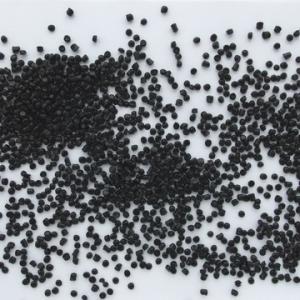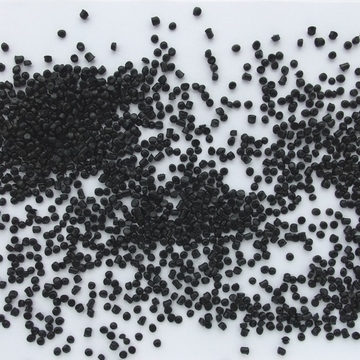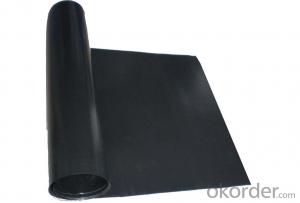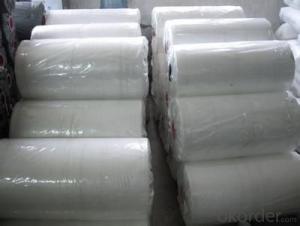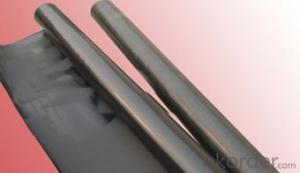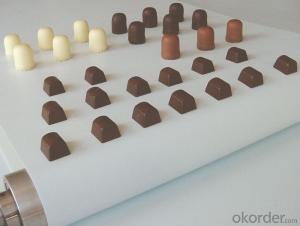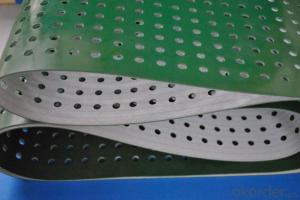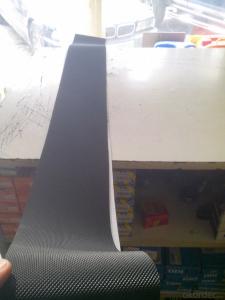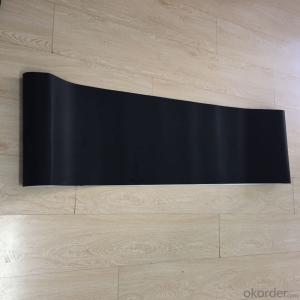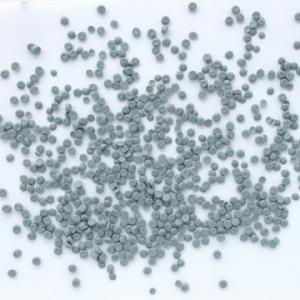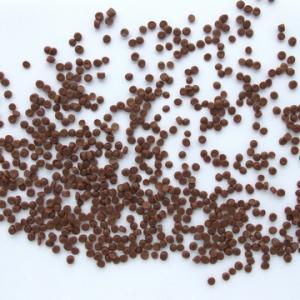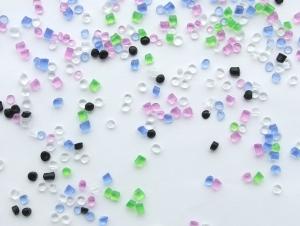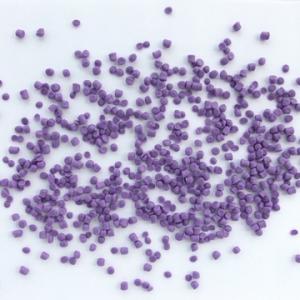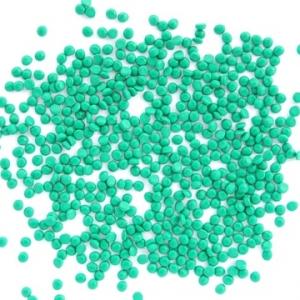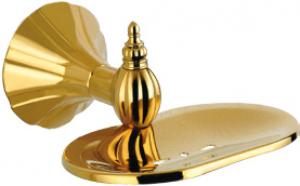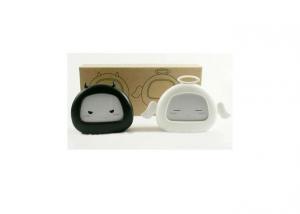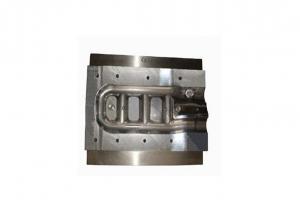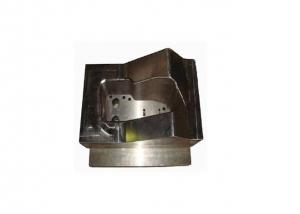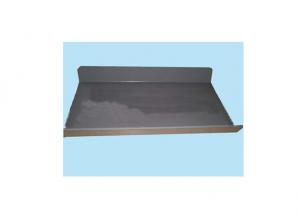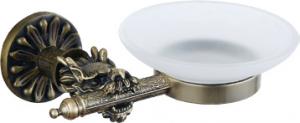PVC jacket compound
- Loading Port:
- Shanghai
- Payment Terms:
- TT OR LC
- Min Order Qty:
- -
- Supply Capability:
- 3000 Tons kg/month
OKorder Service Pledge
OKorder Financial Service
You Might Also Like
PVCJacket Compound
I. Type andapplication
Type | Product | Application and Cable Specification |
7021N | 70℃ PVC jacket compound | Used for wires and cables which working voltage less than 450/750V, and power cables which working voltage less than 26/35kV, according with PVC/ST4 standard of GB5023 and PVC/S-1 standard of GB12706, and H-70 standard of GBT/8815-2008. |
7022N | 70℃Flexible PVC jacket compound | Used for flexible wires and cables which working voltage less than 450/750V, according with PVC/ST5 standard of GB5023, and HR-70 standard of GBT/8815-2008. |
9021N | 90℃PVC jacket compound | |
9022N | 90℃Flexible PVC jacket compound | Used for flexible wires and cables which working voltage less than 450/750V. |
HⅡ-90 | 90℃PVC jacket compound | Used for heat resistant wires and cables which working voltage less than 450/750V, according with HII-90 standard of GBT/8815-2008, and PVC/ST10 standard of GB5023. |
III. Processing:
It is recommended that compoundshould be processed with common extruder having a minimum L/D ratio of 20.
The following temperature(℃)profile of extruder is recommended:
Zone | Zone 1 | Zone 2 | Zone 3 | Zone 4 | Head | Die |
Temperature ℃ | 140 | 160 | 170 | 175 | 175 | 170 |
IV. Storage andtransport
Packaging:25kg/bag, PE membrane inside bag and Kraft outsidebag.
Storage and transport: Avoiding in directsunlight and weathering. The storage place should be in clean, cool, dry, andventilated conditions.
V. Properties
Table
Unit | Standard Value | ||||||
7021N | 7022N | 9021N | 9022N | HⅡ-90 | |||
≥ MPa | 15.0 | 12.5 | 16.0 | 12.5 | 16.0 | ||
Elongation at Break | ≥ % | 180 | 200 | 180 | 200 | 180 | |
Impact Brittleness Temperature | ℃ | -25 | -30 | -20 | -30 | -20 | |
Volume Resistivity, at 20℃ | ≥Ω﹒m | 1.0×108 | 1.0×108 | 1.0×109 | 1.0×108 | 1.0×109 | |
Dielectric Strength | ≥ MV/m | 18 | 18 | 18 | 18 | 18 | |
Hot Deformation | ≤ % | 50 | 65 | 40 | 65 | 40 | |
Thermal Stability Time at 200℃ | ≥ min | 50 | 60 | 80 | 60 | 180 | |
Thermal Aging |
|
|
|
|
|
|
|
Aging Temperature | ℃ | 100±2 | 100±2 | 100±2 | 100±2 | 135±2 | 115±2 |
Aging Time | h | 168 | 168 | 240 | 240 | 240 | 240 |
Tensile Strength after aging | ≥ MPa | 15.0 | 12.5 | 16.0 | 12.5 | 16.0 |
|
Variation on Tensile Strength | % | ±20 | ±20 | ±20 | ±20 | ±20 |
|
Elongation at Break after aging | ≥ % | 180 | 200 | 180 | 200 | 180 |
|
Variation on Elongation at Break | % | ±20 | ±20 | ±20 | ±20 | ±20 |
|
Loss of Mass | ≤ g/m2 | 23 | 25 | 15 | 25 |
| 20 |
- Q: What materials do you use for plastic moulds?
- As there are many varieties of plastics, the requirements for plastic products vary greatly, and various materials for making plastic moulds are also put forward
- Q: How do olive nets affect the production of olive tree sap?
- Olive nets play a vital role in the production of olive tree sap. By covering the olive trees, these nets prevent the olives from falling on the ground, ensuring that the sap remains intact. This helps in increasing the overall sap production as it minimizes the loss of olives due to wind, birds, or other factors. Additionally, the nets also provide shade to the olive trees, reducing water evaporation and creating a favorable environment for sap production.
- Q: How do olive nets prevent damage from birds and other animals?
- Olive nets prevent damage from birds and other animals by providing a physical barrier that prevents them from accessing the olive trees. The nets are placed over the trees, covering the entire canopy and preventing birds from reaching the olives. This stops them from pecking or eating the olives, thus protecting the crop. Additionally, olive nets can also deter other animals such as squirrels or rabbits from accessing the trees and causing damage.
- Q: Can olive nets be used in regions with sandy or rocky soils?
- Yes, olive nets can be used in regions with sandy or rocky soils. These nets are designed to protect the olives from falling off the trees during harvesting. They can be spread over the ground beneath the olive trees, regardless of the soil type, to collect the harvested olives and prevent them from getting damaged.
- Q: Can olive nets be used in organic olive oil production?
- Yes, olive nets can be used in organic olive oil production. Olive nets are commonly used in organic farming to protect the olives from pests and harvest them efficiently.
- Q: What are the characteristics of plastic products?
- Plastic is a kind of synthetic polymer with plasticity. It forms with synthetic rubber and synthetic fibers
- Q: Does high strength polyurethane belong to plastics?
- Polyurethane is TPU, belongs to thermoplastic elastomer, classification should belong to synthetic rubber.
- Q: Do olive nets require any special treatment before installation?
- Yes, olive nets typically require some special treatment before installation. They should be cleaned and inspected for any damage or holes. Any debris or dirt should be removed from the nets to ensure proper functioning. Additionally, the nets should be properly stretched and secured to ensure they are evenly spread out and tightly fitted over the olive trees.
- Q: How do you protect young olive trees with olive nets?
- To protect young olive trees with olive nets, you can start by carefully draping the netting over the tree, ensuring that it covers the entire canopy. Secure the netting at the bottom, making sure it is tightly fastened to prevent any gaps or openings. This will create a barrier that keeps birds, insects, and other potential threats away from the tree. Regularly inspect the netting to ensure there are no tears or holes that may compromise its effectiveness. Additionally, ensure the netting is elevated enough to avoid contact with the tree branches, as this can damage the delicate foliage. By properly installing and maintaining the olive nets, you can safeguard your young olive trees from various hazards and promote healthy growth.
- Q: Can olive nets be used to reduce water stress?
- Yes, olive nets can be used to reduce water stress. Olive nets help create a microclimate by reducing evaporation and shading the soil, which helps to conserve moisture in the soil. This can be especially beneficial in areas with limited water resources or during dry periods, as it helps to reduce water stress on olive trees and promotes better water retention in the soil.
Send your message to us
PVC jacket compound
- Loading Port:
- Shanghai
- Payment Terms:
- TT OR LC
- Min Order Qty:
- -
- Supply Capability:
- 3000 Tons kg/month
OKorder Service Pledge
OKorder Financial Service
Similar products
Hot products
Hot Searches
Related keywords
